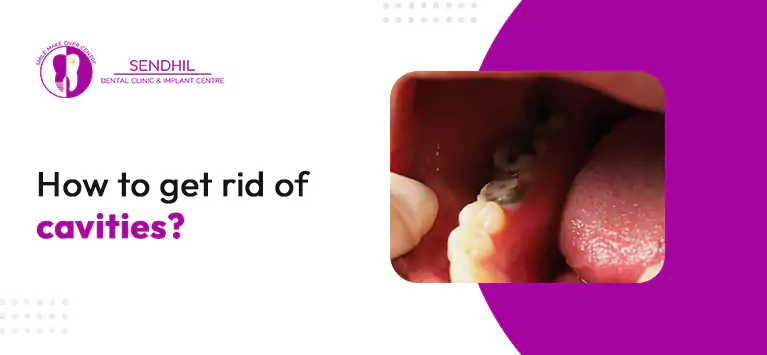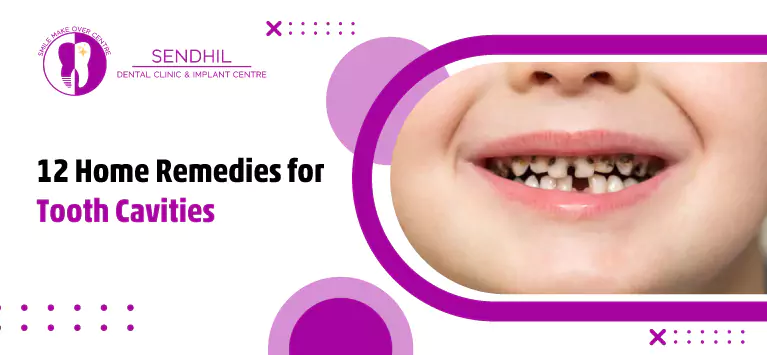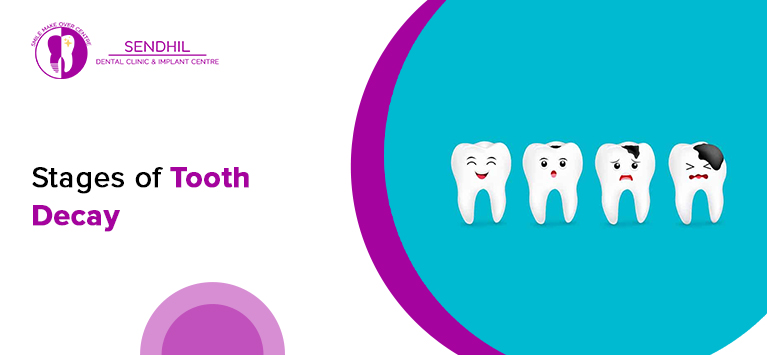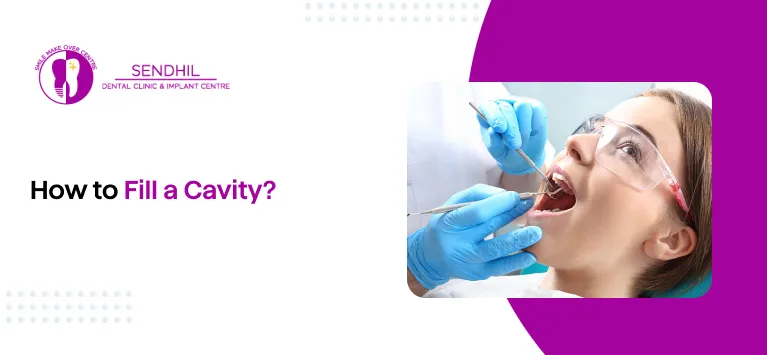
How to Fill a Cavity?
Dental caries, another name for cavities, is a common dental condition that affects people of all ages. They form when harmful bacteria and acids break down the enamel, leading to small holes in the teeth. If left untreated, cavities can worsen, causing pain, infection, and more serious dental problems. Fortunately, with advances in modern dentistry, filling cavities is an effective solution that helps prevent further damage. In this blog, we will explore what cavities are, why they form, and how the filling process works to restore your dental health.
Table of Contents
What is a Cavity?
A cavity is a hole that forms in your tooth when acids, bacteria, and food particles erode your enamel. The enamel is the hard, protective layer of your teeth, and once it is damaged, bacteria can enter deeper into the tooth, leading to decay. Cavities can be caused by poor oral hygiene, sugary foods, or even genetics.

Common symptoms of cavities include:
- Tooth sensitivity
- Pain when eating or drinking
- Visible holes or dark spots on teeth
What does a cavity look like?
Cavities can look different depending on their stage, ranging from faint white spots to visible dark areas or holes on the teeth. Understanding what cavities look like can help you spot signs early and take steps toward treatment and prevention. Here are some tooth decay pictures:
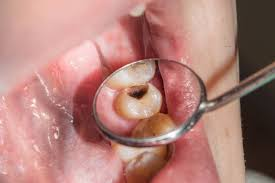
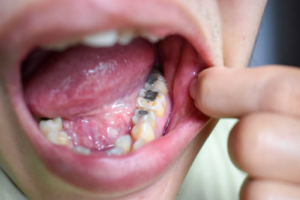
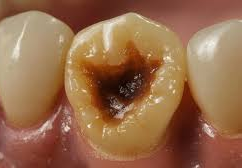

Why are My Teeth Getting Decaying?
Tooth decay occurs when the protective enamel on your teeth breaks down due to acid produced by bacteria in your mouth. Here are some common reasons why your teeth may be decaying:
- Poor Oral Hygiene: Not brushing or flossing regularly allows plaque (a sticky film of bacteria) to build up, leading to acid that erodes tooth enamel.
- Sugary Foods and Drinks: Consuming a lot of sugary foods and beverages feeds bacteria in your mouth, which produce acid that causes cavities.
- Lack of Fluoride: Fluoride helps protect and strengthen your enamel. If you’re not using fluoride toothpaste or drinking fluoridated water, your teeth may be more prone to decay.
- Dry Mouth: Saliva neutralises acids and removes food particles. If you have a dry mouth, the lack of saliva can lead to a higher risk of decay.
- Acidic Foods and Drinks: Acidic foods and beverages, like citrus fruits and soda, can wear down tooth enamel, making it easier for bacteria to cause decay.
- Genetics: Some people naturally have weaker enamel or are more prone to cavities due to their genetic makeup.
Why You Need a Cavity Filled?
When a cavity forms, it won’t heal on its own. Without treatment, it can worsen, eventually affecting the deeper layers of your tooth, leading to infection, abscess, or even tooth loss. A cavity filling is a simple procedure where th
e dentist removes the decayed part of your tooth and fills it with a material to restore its strength and function.
Benefits of filling a cavity:
- Stops decay from spreading
- Restores the tooth’s shape and function
- Prevents pain and sensitivity
- Enhances your smile by maintaining your teeth’s appearance
The Process of Filling a Cavity
Filling a cavity involves several steps, making it a quick and painless experience. Here’s what happens during the procedure:
Step 1: Numbing the Area Before the dentist begins, they will numb the area around the affected tooth with a local anesthetic. This guarantees that the process won’t cause you any pain. You may feel a small pinch when the anesthetic is injected, but the numbing effect kicks in quickly.
Step 2: Eliminating the Decayed Area : The decayed part of the tooth will be removed by the dentist using a dental drill or laser once the tooth has become numb. This is the part of the tooth that bacteria have damaged. The goal is to get rid of the decay without affecting the healthy parts of the tooth.
Step 3: Cleaning the Cavity After removing the decayed part, the dentist cleans the cavity to ensure that no bacteria or debris remains. In order to stop the infection from spreading, this step is essential.
Step 4: Filling the Cavity The dentist will then fill the cavity with a specific material. The size, location, cost, and personal preference all influence the filling material selection.
Common types of filling materials include:
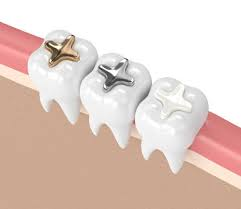
- Amalgam (Silver): Durable and cost-effective but more noticeable
- Composite Resin (Tooth-colored): Blends with the natural tooth, popular for visible teeth
- Gold: Long-lasting but more expensive
- Ceramic: Matches tooth color, resistant to staining, but pricier than composite
Step 5: Shaping and Polishing the Filling After placing the filling material, the dentist shapes it to fit your bite and polishes it to give it a smooth finish. This ensures that the filling blends seamlessly with your tooth and doesn’t interfere with your chewing.
How Long Does It Take to Fill a Cavity?
Filling a cavity typically takes about 30 to 60 minutes. The exact time depends on factors such as the size and location of the cavity and the type of filling material used. For small cavities, the process is quicker, while larger or more complex cavities may take a bit longer.
Here’s a breakdown of the procedure:
- Numbing the area (a few minutes)
- Removing the decay (about 10-15 minutes)
- Cleaning and filling the cavity (another 10-20 minutes)
- Shaping and polishing (5-10 minutes)
In some cases, if multiple cavities need to be filled, the process may take longer or require multiple visits.
What to Expect After Getting a Filling
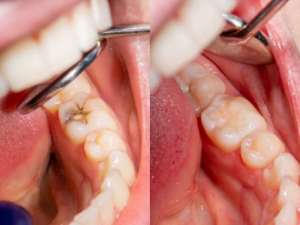
Once the procedure is complete, your mouth may stay numb for a few hours. During this time, avoid eating or drinking anything hot or cold to prevent accidentally biting your cheek or tongue. You may experience mild sensitivity or discomfort around the filled tooth, but this usually goes away within a few days.
Tips for a smooth recovery:
- Don’t eat anything sticky or firm for a few days.
- Continue brushing and flossing regularly.
- If you experience severe pain or prolonged sensitivity or notice any issues with the filling, contact your dentist.
How to Prevent Future Cavities?
Filling a cavity is an effective treatment, but it’s best to prevent it from forming in the first place. Here are some tips to maintain healthy teeth and avoid cavities:
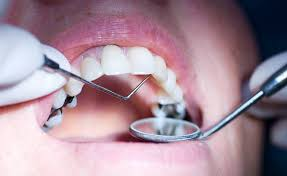
- Brush twice a day: Use fluoride toothpaste to strengthen your enamel.
- Floss daily: Flossing removes food particles and bacteria from between your teeth, where brushing can’t reach.
- Reduce sugary snacks: Bacteria in your mouth feed on sugar, producing acid that can erode your enamel.
- Visit your dentist regularly: Professional cleanings and exams help catch cavities early before they cause significant damage.
When to See a Dentist
Not all cavities cause pain or visible damage, so it’s essential to visit your dentist for routine check-ups. They can spot cavities before you even realize they’re there. If you notice any symptoms like sensitivity, tooth pain, or visible holes, schedule an appointment as soon as possible. Early treatment will save you time, money, and discomfort.
Signs that indicate you should see a dentist:
- Persistent toothache or pain
- Sensitivity to hot, cold, or sweet foods
- Dark spots, holes, or pits in your teeth
- Bad breath or a persistently unpleasant taste in your mouth
Conclusion
Cavities are a common dental issue, but with proper care and timely treatment, they are easy to manage. Filling a cavity is quick, effective, and painless. By maintaining good oral hygiene, you can prevent future cavities and keep your smile healthy and bright. Remember, regular dental check-ups are key to catching cavities early and avoiding more complex dental problems.


